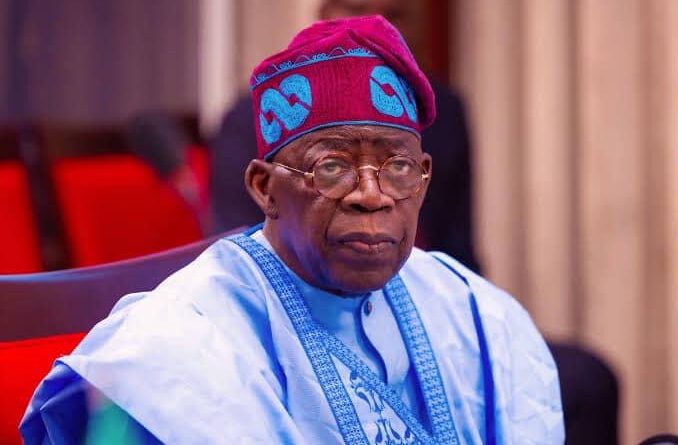Debt: Nigeria Dangling On Total Economy Collapse, As GDP Ratio Cross 50% For First Time
By Raheem Ibrahim
Danger looms as Nigeria is set to assume the status of a debtor nation as the country’s debt-to-GDP (Gross Domestic Product) ratio crossed 50 per cent for the first time ever last week, after the Debt Management Office, (DMO) published the country’s latest public debt figures.
The DMO said that the country self imposed threshold is 40 per cent debt-to-GDP ratio, “Nigeria now has a public debt portfolio of N121 trillion, consisting of domestic debt of N65.6 trillion and a foreign debt portfolio of $42.1 billion (which is equivalent to N56 trillion when converted to Naira).
The Debt Management Office revealed that as of December 2023, Nigeria’s total GDP was N229.9 trillion in nominal terms, though it grew by only 2.74 per cent in real terms. This suggests that the country’s debt-to-GDP ratio is now above 50 per cent for the first time.
“In the first quarter of 2024, Nigeria recorded a nominal GDP of N58.5 trillion, up from N51.2 trillion in the corresponding period in 2023. However, in the second and third quarters of 2023, the nominal GDP figures were N52.1 trillion and N60.6 trillion, respectively. The fourth quarter GDP rose to N65.9 trillion, making the trailing four-quarter GDP total to N237.5 trillion.
“Based on the 2023 GDP figure of N229.9 trillion, Nigeria’s debt-to-GDP ratio is 52.9 per cent, marking the first time the country has reached such a high debt-to-GDP figure. Using the trailing four-quarter GDP figure of N237.5 trillion, the country’s debt-to-GDP ratio also stands at 51.2 percent.
“Nigeria has often viewed its ‘low’ debt-to-GDP ratio as a sign of the country’s economic resilience, suggesting there was more room to expand its borrowing capacity. For example, as of 2023, Ghana had a debt-to-GDP ratio of about 84.9 per cent, while South Africa’s ratio stood at 72.2 per cent. Kenya and Egypt had ratios of 70.1 per cent and 95.8 per cent, respectively”, DMO added.
While these countries have significantly higher debt-to-GDP ratios when compared to Nigeria, the challenge has always been Nigeria’s ability to meet its debt service obligations due to its high debt service-to-revenue ratio.
Analysts say, with Nigeria’s debt-to-GDP ratio surpassing 50 per cent and continuing to rise, the country has limited room to further expand its borrowing capacity while grappling with current economic challenges.
It was reliably gathered that Nigeria’s debt profile has risen over the last 8 years, as the country faced a string of fiscal challenges brought about by low crude oil proceeds amid rising budgetary expenditure. For instance, under the Buhari administration, public debt rose from N12.6 trillion in 2015 to N97.3 trillion in 2023. Between December 2023 and March 2024, public debt in Naira terms has risen by as much as N24.3 trillion.
While explaining the increase, DMO noted that the N24.33 trillion increases in the total debt was a result of a combination of fresh borrowing and naira devaluation. It further clarified that Nigeria’s fresh borrowing was N7.71 trillion in the first quarter of 2024.
“The fresh borrowing includes N2.81 trillion as part of the new domestic borrowing of N6.06 trillion provided in the 2024 Appropriation Act and N4.90 trillion as part of the securitization of the N7.3 trillion Ways and Means Advances approved by the National Assembly”, it explained.
Global Ratings agency, Moody’s, also stated that Nigeria’s interest spending on debt might consume up to 36 per cent of the Federal Government’s revenue in 2024.
According to the firm, the hawkish monetary policy stance of the CBN has pushed interest rates for local borrowing by the Federal Government from an average of 12.8 per cent in 2023 to around 19 per cent in the first five months of 2024.




